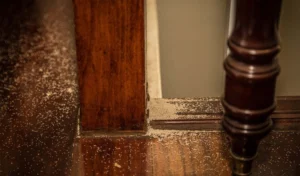As winter approaches, the weather gradually cools down. One of the most noticeable changes is the disappearance of common summer pests such as mosquitoes and flies. People can now escape from the annoyance from mosquitoes as they have in summer. The coming of winter does not mean the end of all pest problems. The truth is only that they do not show up quite often in front of your eyes any more. Instead, they have been hidden somewhere else. Even under cold weather conditions, not all pests hibernate. Therefore, winter pest control is still necessary. First, let us look at the pests that exist and affect our lives in winter.
Targets of the Winter Pest Control
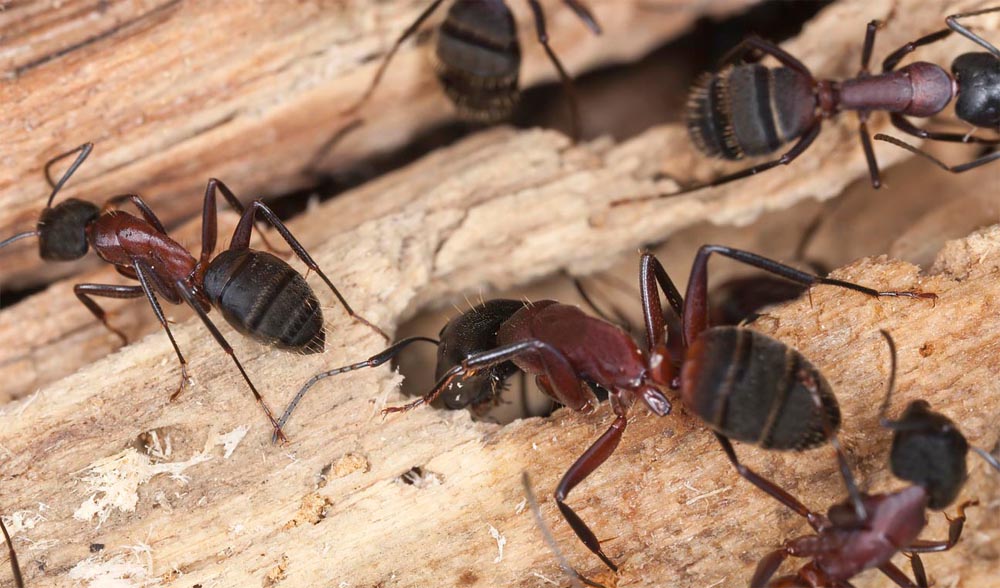
1. Termites and Carpenter Ants
Termites can be active all year round. Subterranean Termites would go deeper in winter to get warmth out there. You cannot easily sense their existence since your wood structures can be damaged from the inside out. They may have already nested in the floor or walls beyond your sight. Carpenter ants are large ants that prefer to build their nests within wood structures. They do not eat wood the way termites do, but they create tunnels and nests in wood. If they cannot be detected in time, they may pose a serious threat to your wooden structures at home. If there are timber piles around the house, it is best to keep them at a distance from your house.
For more information about how to get rid of ant problem, please go to our How to Safely Kill Ants at our How-To channel.
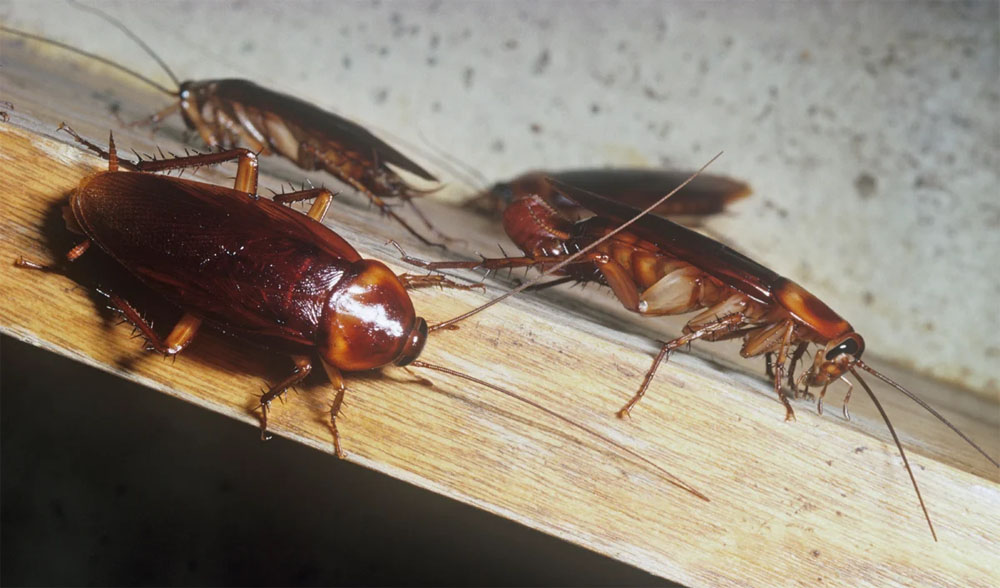
2. Cockroaches
We believe that winter pest control cannot exclude cockroaches forever. Cockroaches can spread a variety of bacteria and viruses. For sensitive people, their presence can trigger asthma and certain allergies. Cockroaches are known for their tenacious vitality. Even in the absence of food, they may be attracted by a small amount of water. Winter does not have a substantial impact on their survival. It is essential to keep food sealed and the environment dry and clean at home. Any damp places need to be cleaned up in time. And also remember to repair any leaky plumbing in kitchens and bathrooms to avoid creating a good habitat for them.
To learn more about how to solve cockroach problem, please go to our How to Safely Kill Cockroaches at our How-To channel.
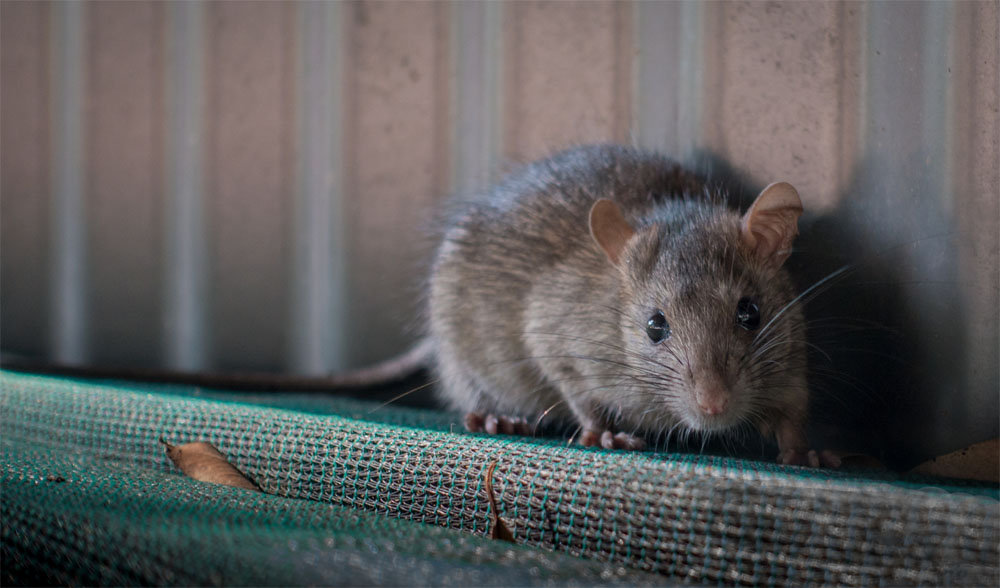
3. Mice and Rats
Rodents are also included in the winter pest control. They tend to enter human homes during the winter in search of a warm shelter. Mice are the main type of rodents that enter the home. Common rats that may enter human homes include the Norway rats and the roof rats. In homes, they can damage wood structures of the house, contaminate food and cause electrical accidents by nibbling on power lines. They can also pose a threat to our health by carrying salmonella and Hantavirus. The solution to the winter rodent problem starts with eliminating the entry points for entering home and the food or water sources that may attract them. Other precautions include keeping areas such as attics and garages clean, using chimney caps to prevent them from entering home or nesting in chimneys, and sealing air vents in homes with metal netting, etc. So, in a word, besides winter, family mouse control will always important all year round.
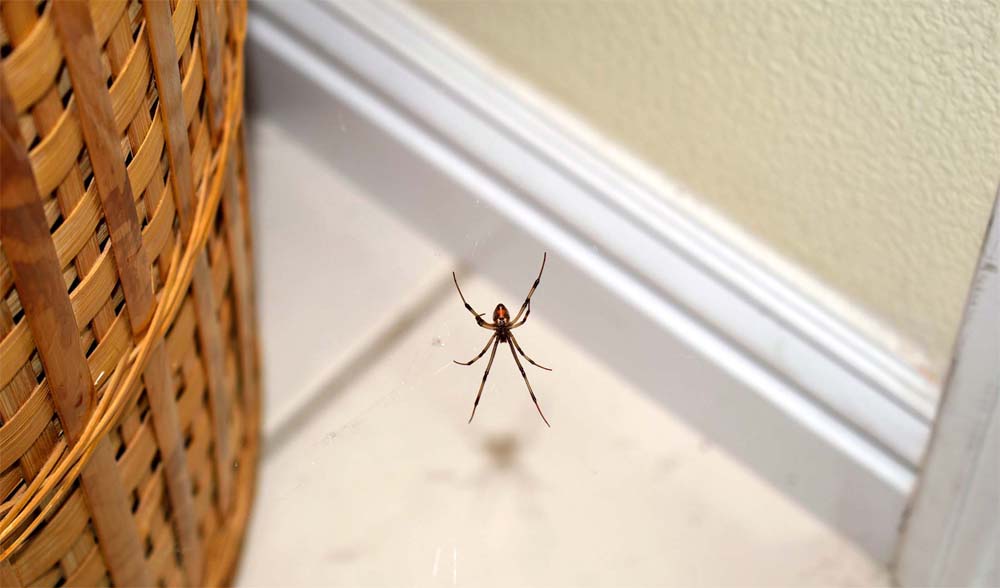
4. Spiders
There are as many as 30, 000 species of spiders in the world and more than 3, 000 in the United States alone. Most spiders are beneficial insects. They weave webs in shadowy nooks and feed on flies, crickets, mites and other common household pests. However, be aware that some spiders can be aggressive towards people or poisonous. They can spread the venom through their bites and cause certain side effects.
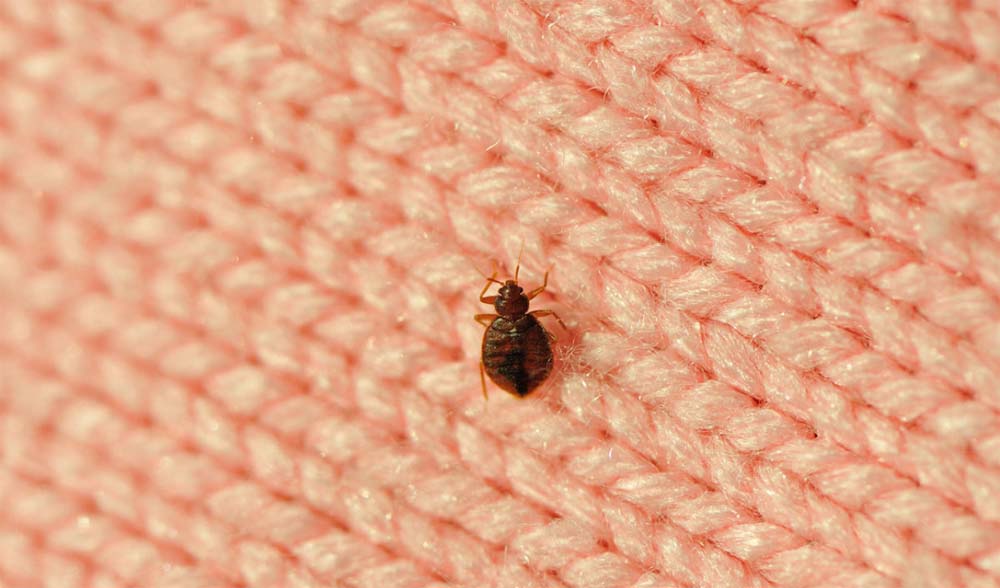
5. Bed Bugs
Bed bugs are a nightmare for many people. They brought countless homeowners and hotel owners too many sleepless nights. Bed bugs are not so active in cold conditions, but they will be active again even in winter as long as the temperature in the room is just right. Bed bugs do not hibernate during the winter as long as there is plenty of food. Therefore, they are also the target pest in the winter pest control. Bed bugs can easily enter your home through your luggage. Therefore, you need to carefully check your luggage once come home after a travel. Frequent high-temperature washing, drying and vacuuming of clothing and bedding can help to combat bed bugs.
For more details about bed bugs, please go to our previous blog: A Brief Introduction of Bed Bugs

6. Fleas
Unlike bed bugs, fleas enter the home primarily through pets at home. Therefore, flea prevention should be done on pets first. In addition, in daily life, pet beddings, carpets and furniture need to be inspected frequently. In addition, fleas can also be removed by washing beddings in hot water or using a vacuum cleaner. Outside the house, grass or shrubs that are present in the yard need to be trimmed frequently to eliminate their potential hiding places. Furthermore, seal any crevices that may allow fleas to enter. Loose mortar and damaged weather strips also require a prompt treatment or replacement.
To learn more about fleas, please go to our previous blog: A Brief Intro of Fleas and How to Get Rid of Them
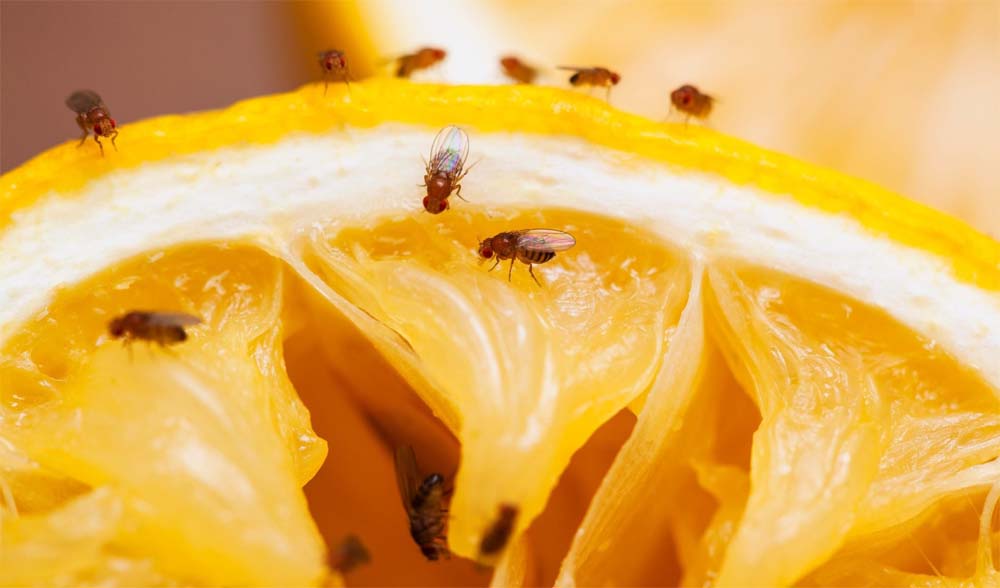
7. Flies
There is more than one kind of fly. Common flies appearing at homes include cluster flies, fruit flies, moth flies, etc. Cluster Flies are harmless to human health. They simply move into indoor spaces like attics since they need to seek shelter in winter. Fruit flies are a common kind of small flies. They often find their way into homes with fresh fruits or vegetables. Moth flies are flies that can often be seen near drains at home. As a result, they are also called drain flies by many people. None of these flies may causes any damage or health problems. But their presence can to some extent bring annoyance to daily life.
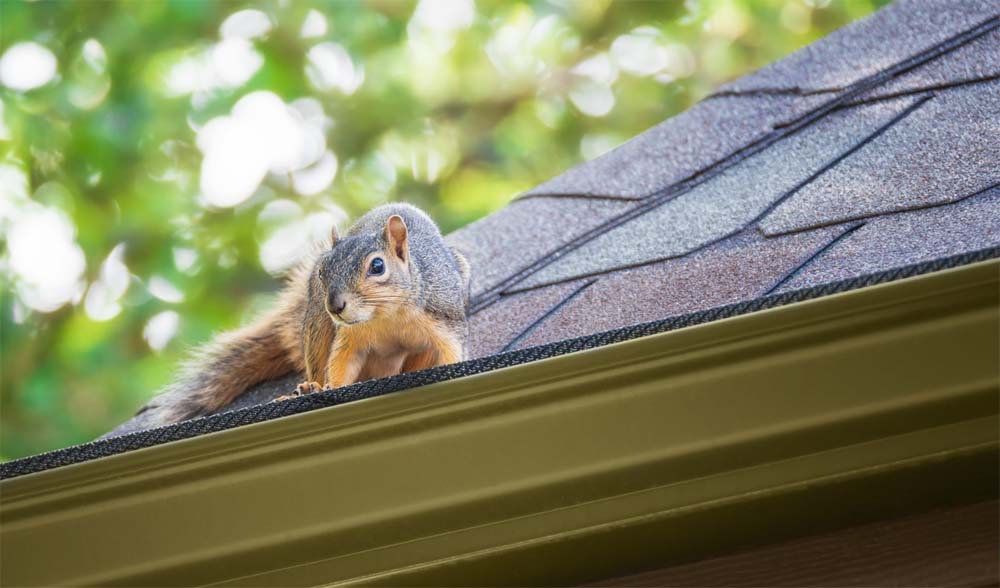
8. Squirrels
Squirrels can often be found in attics or chimneys during the winter months. Firstly, they go there in search for a warm shelter. Then, they can dwell there peacefully since there is less human activity there. To keep squirrels out of the attic, trees with long branches around the house should be trimmed at a regular basis. For chimneys that may provide the channel for squirrels to enter the house, the best choice will be to choose a proper chimney cap.
In addition to the above-mentioned pest or animal problems, attics are places to watch out in order to get a good result in winter pest control. Mice, rats, squirrels, salamanders, and carpenter ants are just some of the animals that might live in attics. Some of them may live there and cause some potential impacts to the structure of the house. Others may hibernate there and then move to other places in the house when the weather gets warmer.
Solutions to Take for Winter Pest Control
To get a sound result of winter pest control, in addition to taking a variety of preventive measures, the use of insecticides and pest control equipment are also effective responses. Our website has a variety of insecticide products for cockroaches, bed bugs, ants and other common household pests. Our insecticide products adopt pyrethroids, imidacloprid, indoxacarb and other highly efficient, low-toxicity and safe active ingredients. They provide the users with a safe and convenient pest control solution. They are the best choices for indoor pest killing and control in winter and other seasons. In addition to these insecticide products, our pest control equipment provides more choices for household pest control. They can realize a non-chemical elimination of common pests and a humane treatment for some animals that may enter or be around our houses.
Bait Recommendation for Animal Traps
When using traps to capture target animals, to choose the right baits will be crucial to improve the capture rate. Selecting the right bait will make the capture work easier. Here is a list of the baits we have compiled for several animals:
Groundhogs: peas, sweet corns, fresh vegetables
Chipmunks: corns, popcorn, sunflower seeds
Possums: vegetables, sardines, crisp beacon, canned cat food
Rabbits: fresh vegetables, carrots, apples
Wild cats: canned tuna, sardines, fish
Porcupines: carrots, salt, apples
Armadillos: sardines, maggots, mealworms



